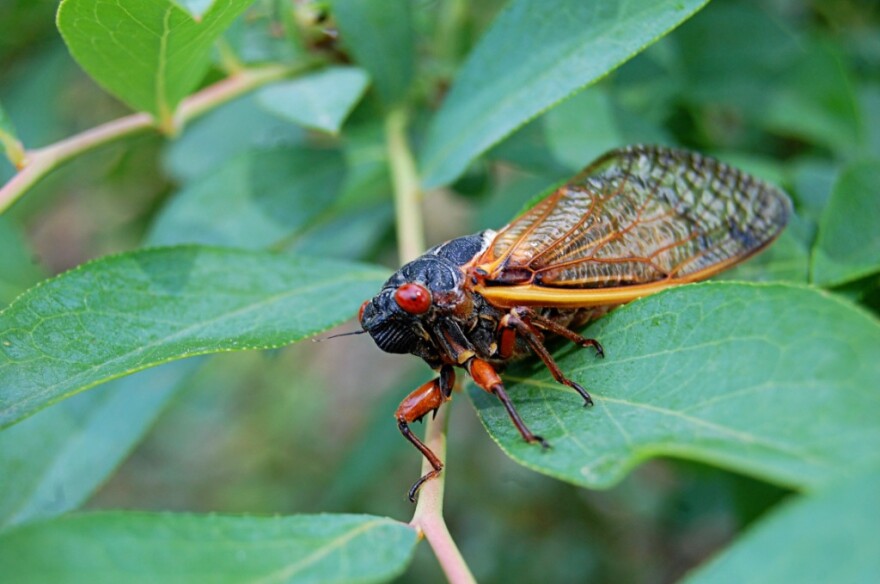From birds chirping to the wind blowing through the trees, summer is a great time to kick back and listen to nature. The hot days of late summer also reveal a unique electric buzzing sound.
Cicada is Latin for `buzzer’. The male dog day cicada is the noise maker. This variety is one of 28 cicada species found in Northern Colorado, and they are most active on hot summer days. Reaching up to two inches in length, they vibrate a special membrane along the abdomen. The sound resonates in an internal chamber producing the electrical buzz noise.
The immature dog day cicada feed on sap from tree root of boxelder and cottonwood trees. After two to three years, the immature cicada emerges from the soil in July and August. After two years or more, they molt and change into an adult form. Within a few hours, the new adult is able to fly. The adults feed on the sap of leaves and small twigs.
The only damage cicadas seem to cause is when females insert eggs into twigs causing a wound, resulting in dieback. The dieback won’t kill the tree, but it looks bad when there are large numbers of cicada.
The hotter the day the more the dog day cicada buzz. The sound usually comes from high up in an old cottonwood tree. Almost instantly as the evening cools they stop. Of course, all of that noise is to attract a female and to mate.
For a closer look at the anatomy of this unusual insect, follow a buzzing male in smaller trees or shrubs. Sweep a net over the top of the plant to capture the bug. Late July and August are the best times to net a dog day cicada.







